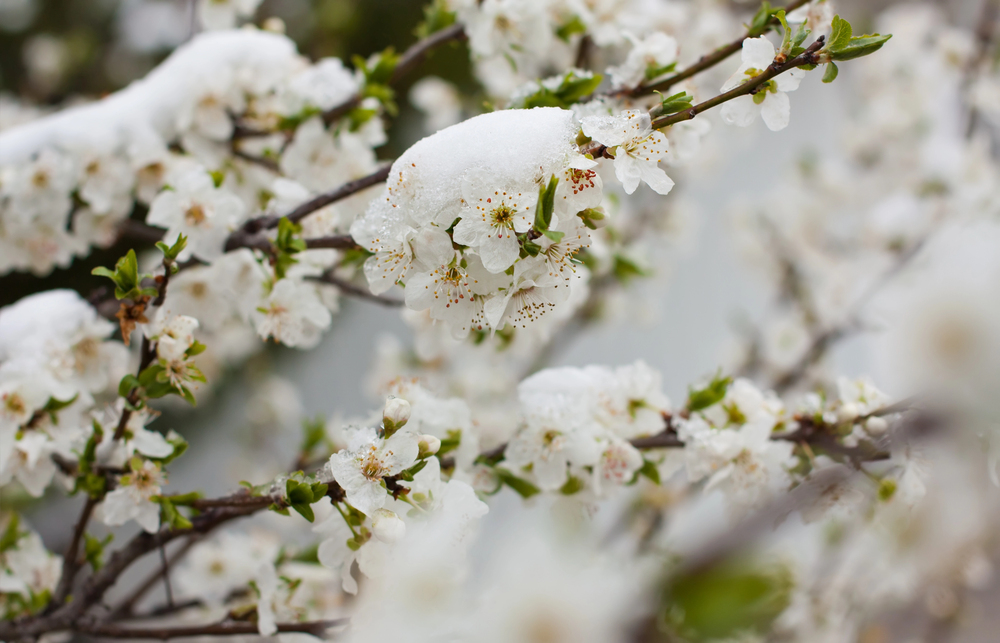As winter fades and the first signs of spring emerge, it’s time to get your yard back in shape. Follow these tips to restore your outdoor space and ensure it thrives during the growing season.

1. Understand Your Frost Zone
Before diving into spring planting, familiarize yourself with your local frost zone. Knowing your hardiness zone and final frost dates will guide your planting schedule. Perennials, trees, and grass remain dormant until temperatures consistently rise, so avoid overwatering or fertilizing too early. Wait to plant flowers, herbs, and vegetables until the risk of frost has passed to protect them from damage.
2. Clear Winter Debris
Once the snow melts, inspect your yard for winter damage. Remove winter mulch from flower beds to let the soil thaw, and clear sticks, leaves, and other debris from your lawn. Use a gentle touch when raking dormant grass to avoid uprooting or damaging turf before it greens up.
3. Repair Winter Lawn Damage
Winter can leave lawns with issues like snow mold or discolored patches caused by salt or foot traffic. Address these concerns early. Treat snow mold with a lawn fungicide and consider reseeding bare spots with grass varieties suited to your climate. Native grasses are a low-maintenance and cost-effective option for long-term resilience.
4. Inspect and Prune Trees
Winter storms can stress trees, leaving branches damaged or vulnerable to disease. Early spring is the perfect time to inspect your trees for rot, pests, or instability. Consult a professional arborist to evaluate tree health or prune damaged branches. Avoid trimming flowering trees that need their buds intact for blooming.
5. Tackle Weeds Early
Spring is prime time for weeds to sprout. Remove them from flower beds, around perennials, and between hardscape elements like stepping stones or pavers. Staying on top of weeds now prevents them from competing with desirable plants and minimizes long-term maintenance.
6. Prepare for Pests
Cutworms and other pests can emerge early in the season, damaging your garden. Remove winter mulch and debris to expose larvae, and turn the soil to disrupt their habitat. Use garden-safe pest control methods, such as natural insecticides, to keep pests at bay without harming beneficial plants.
With these steps, your yard will be ready to flourish throughout spring and summer. For expert assistance, Vicente Landscaping offers tailored services to keep your outdoor spaces thriving.









